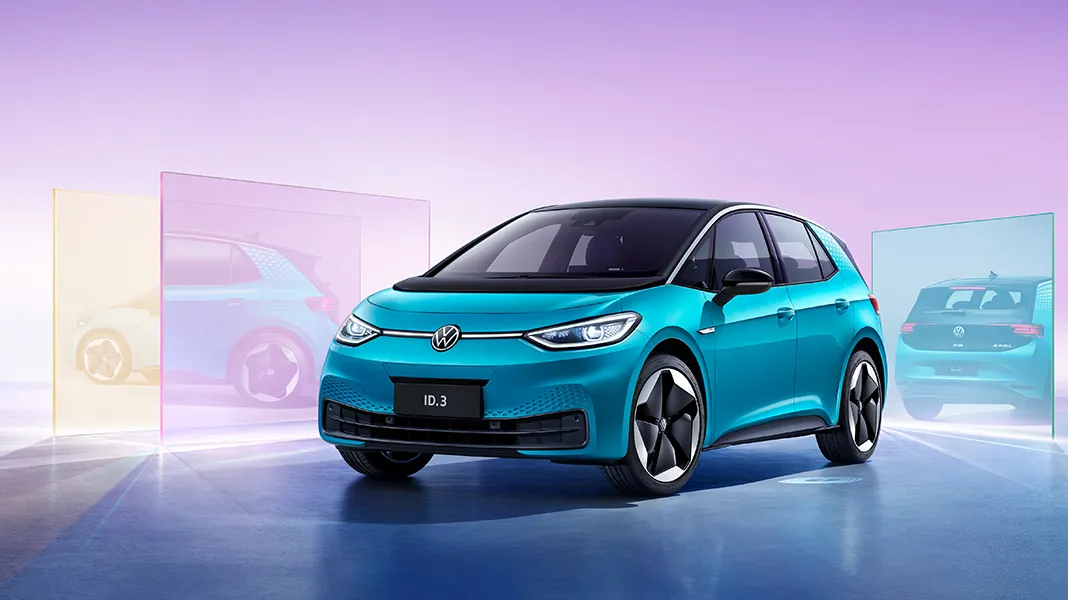Translation
Author: Wang Xuan
Half of 2021 has passed, and the Chinese electric vehicle market in the first half of the year was definitely a scene of “ups and downs”. We saw Tesla’s confidence when it launched the Model Y into the market at the beginning of the year, and also witnessed a woman’s startling debut at the Shanghai Auto Show. We saw JIMU Automotive erecting high-rise buildings and entertaining guests, but also sweating for its later psychedelic operations.
Among the many automakers, the most heartbreaking one is Volkswagen and its ID series. It is inevitable for a car company to have a situation of low sales. Most people believe that given Volkswagen’s market reputation and sales data of fuel vehicles, ID electric vehicles shouldn’t have been so dismal. But then again, if a girl just entered the door and hasn’t adapted to the environment yet, should she give birth so hastily? It seems a bit too rushed.
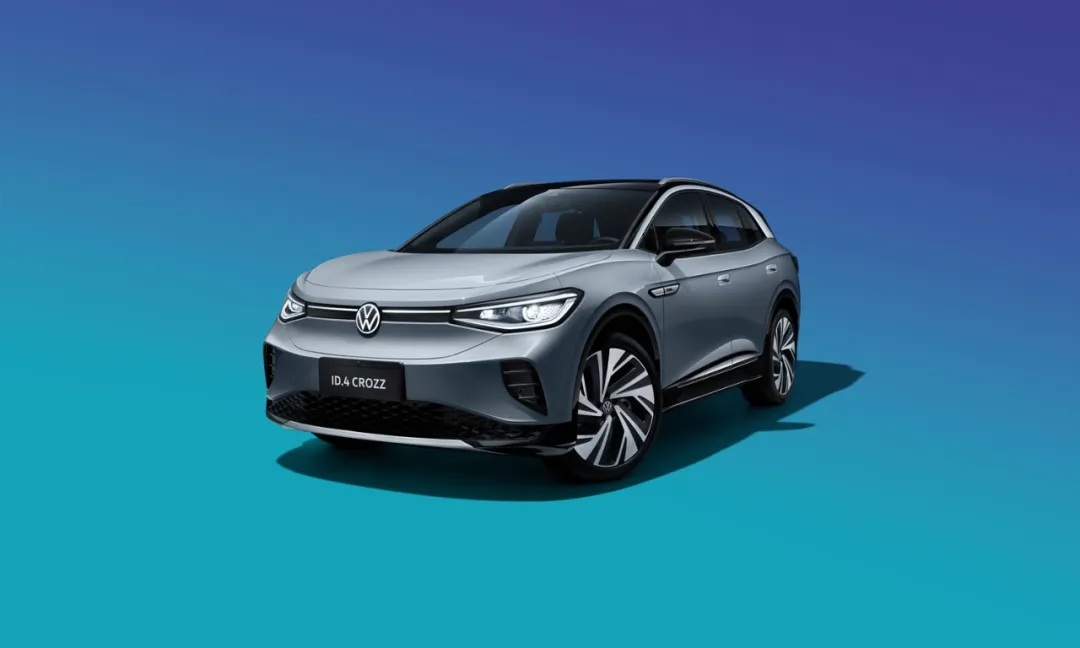
Volkswagen’s order in launching pure electric products in China is different from that in Europe, where they launched ID.4 and ID.6 first, followed by ID.3. So, some people will ask: What if Volkswagen had launched ID.3 first in the Chinese market? Would the situation be the same as today? Moreover, ID.3’s entry into the Chinese market is produced by SAIC Volkswagen, not jointly produced by North and South Volkswagen like ID.4 and ID.6. Therefore, behind all these questions, I would like to use an article to discuss Volkswagen’s “strange tactics” in the Chinese market, what considerations are behind it, what caused the sales slump in the Chinese market, and whether ID.3’s road will be even more difficult.
Launch Sequence Influenced by Market and Cost Factors
The order in which Volkswagen launches its ID series products in the Chinese market is ID.4, ID.6, and finally ID.3. The main reasons behind this order are market and profit.
We can clearly see that the electric vehicle market is different from the traditional fuel vehicle market. The distribution of sales in the traditional automotive market shows a decreasing trend in sales from low-priced to high-priced vehicles, but in the electric vehicle market, sales are distributed in a pyramid pattern. The Model 3 of Tesla, which is at the top of the pyramid, is in the B-class vehicle market, and the sales of XPeng P7 and BYD Han EV, which are at the same level, are also strong. The situation reflected in this subdivided market is a bit like a popular hot pot restaurant igniting the entire food street. Those at both sides of the pyramid-shaped sales are “Wei Xiaoli” in the target market of over 300,000 and traditional independent brands in the market below 200,000.ID.4 was officially unveiled at the end of 2020 and was launched in the market in March 2021. Why was this timing chosen? And why was ID.4 chosen as the product name?
This is because the 200,000 to 250,000 RMB price range for new energy vehicles, which was driven by the popularity of the Model 3, has the highest level of attention. However, there was a lack of pure electric SUV models in this price range at the end of 2020 when the Model Y had not yet officially entered the Chinese market. Moreover, the top three new forces with the highest level of attention did not have products that met this price and demand range. Therefore, the 250,000 RMB electric SUV market at the end of 2020 was a market full of potential.
Although the combined sales of the Volkswagen ID.4 in the North and South regions are not as high as the Tesla Model Y, it must be admitted that Volkswagen has an unparalleled ability to grasp market demands in China compared to other “new players”.
The ID.6, which was introduced after the ID.4, was also a response to market demand and attention. Before the launch of the ID.6, the market for medium and large-sized 7-seater electric SUVs was relatively empty.
Of course, the level of attention in this market is still very high, as evidenced by the Ideal ONE and the SAIC Volkswagen Touareg. The average selling price of the Touareg was over 400,000 RMB when it first entered the market. After several updates, its selling price finally dropped to around 300,000 RMB. After the Touareg was updated at the beginning of 2021, its sales increased from just over a thousand to over 5,000 units in the middle of the year, ranking second on the list of medium and large SUV sales. The first place went to the Ideal ONE. However, the Ideal ONE as a range-extended model is not eligible for preferential policies in some regions. Therefore, the market for 300,000 RMB pure electric medium and large SUVs is definitely waiting for the ID.6 to make a splash.
In addition to market reasons, another factor that affects the order of product launches is cost. Compared to the larger ID.4 and ID.6 models, the ID.3 does not have strong premium pricing capability. For example, the SAIC Volkswagen ID.4 X with a 57.3 kWh battery can be sold for 199,900 RMB, but the top-equipped version of the ID.3 with a 57.3 kWh battery may not even reach this selling price. In comparison, the ID.3 is a product with a lower profit margin, so it is reasonable to prioritize the launch of products with higher profit margins.Translate the following Chinese text into English markdown text, in a professional manner, keeping the HTML tags inside the Markdown, and only outputting the result:
The main reason why the ID.3 model is not co-produced by SAIC and FAW is probably due to the understanding between the two. Both chose the ID.4 and ID.6, while FAW-Volkswagen did not choose the ID.3, maybe because they chose the ID.5, which will debut at the Munich Auto Show in the near future.
SAIC Volkswagen and FAW-Volkswagen have been frantically filling their own product lineups in the past three years. The market below 250,000 yuan has been divided into extremely fine pieces by SAIC and FAW.
However, the proportion of SAIC and FAW’s models is still uneven. FAW-Volkswagen’s compact car lineup includes three main models, Golf, Sagitar and Bora, but there is no model similar in size to SAIC Volkswagen’s Tiguan L. Coupled with the consumption upgrading trend in the Chinese auto market in recent years, Golf’s sales volume under FAW-Volkswagen has dropped from nearly 200,000 units per year at its peak ten years ago to less than 100,000 units per year. However, Tiguan, as a mid-size SUV, has seen its sales increase year by year.
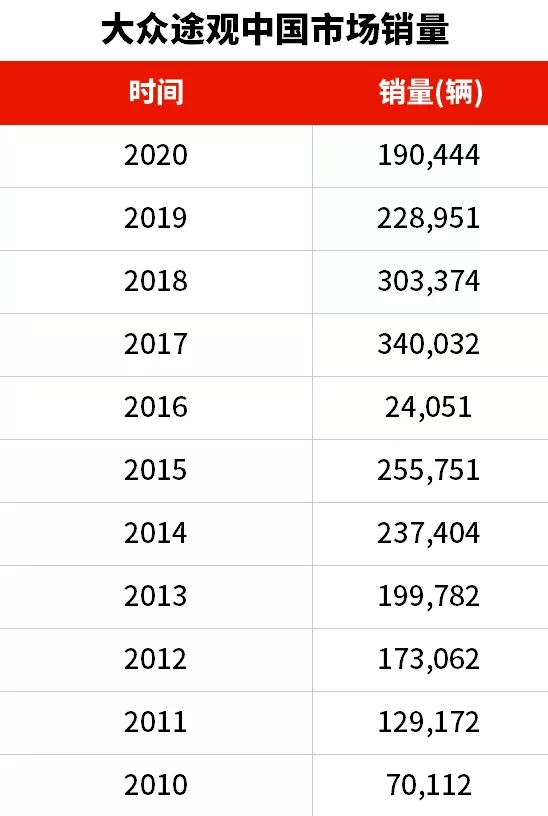
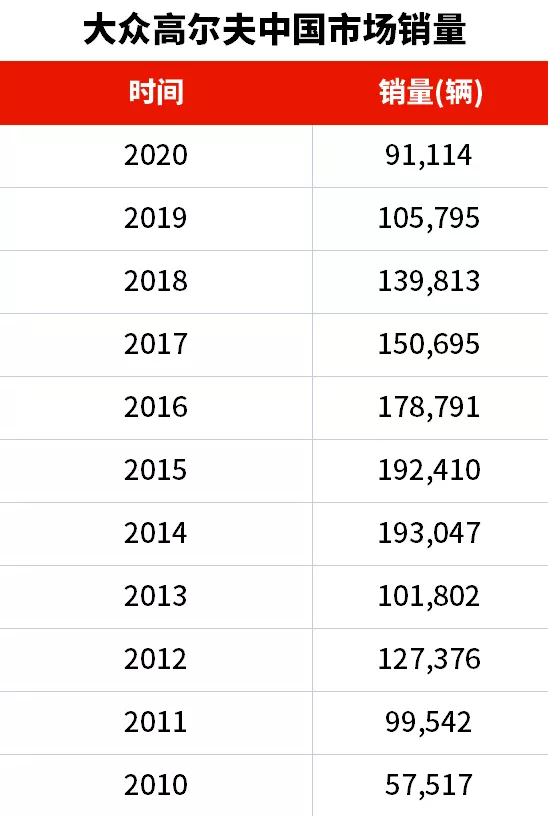
Although according to current news, ID.5 is probably a Coupe version of ID.4, from the current market’s acceptance of Coupe SUVs and the trend of consumer value transfer in automobile products, FAW-Volkswagen is indeed more suitable to choose ID.5.
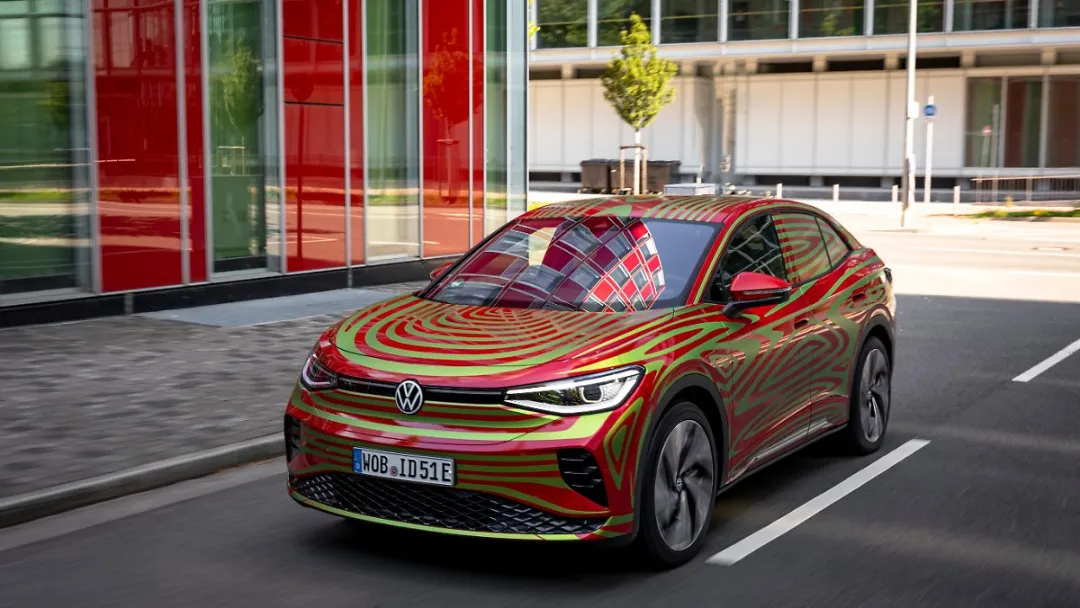
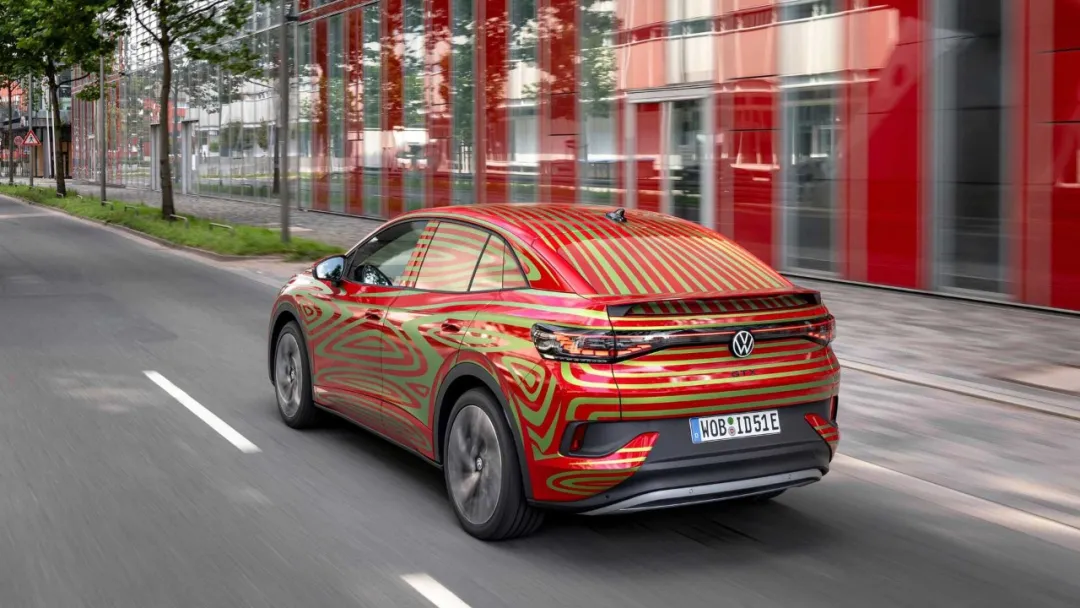
Three key words in the Chinese market: intelligence, new retail mode, user value
Everyone uses “the elephant turning around” to describe Volkswagen’s transformation into electrification, but this term is too grandiose. We should know more about the problems Volkswagen has encountered in the Chinese market and whether they are stubborn or have taken steps to adapt to the market.
The first problem is to recognize their positioning through sales volume. Before the Volkswagen ID series entered China, the mainstream electric vehicle market had been dominated by Chinese brands and Tesla. Volkswagen was the first international traditional car manufacturer to compete with them head-on. The problem exposed by Volkswagen is also faced by all traditional car manufacturers, and the most severe problem is to create products that meet the local characteristics of the Chinese market.Electrification is the development trend of the world’s automotive industry. As a global carmaker, Volkswagen has chosen to follow the transformation trend and make its electric vehicle products achieve economies of scale. Therefore, Volkswagen’s first step in going all in on electric vehicles is to invest heavily in the MEB platform. Volkswagen’s ability to launch three pure electric products globally in just one year is thanks to the strength of the MEB platform, a capability that no new forces in the industry can match.
However, compared to electrification, intelligentization is the most distinctive label in China’s automobile market. When Volkswagen’s ID.4 and ID.6, as joint venture brands, entered the Chinese market, Volkswagen’s disadvantage in the digital connected ecosystem was immediately exposed.
Currently, there are two types of users in the Chinese electric vehicle market: active and passive. Active users are mainly concentrated in the market above 200,000 RMB, and most of them have value-added demands when purchasing a car. Passive consumers are in the market below 200,000 RMB, where there is a considerable amount of commercial usage, such as using electric vehicles for ride-hailing.
For new forces in the industry focusing on electric vehicles, their electric vehicles have a disadvantage compared to fuel vehicles. Therefore, their models must have overwhelming advantages in product strength and experience to snatch users from traditional carmakers. Ultimately, intelligentization has become the advantage that new forces in the industry focus on developing. Of course, intelligentization is also a magic weapon for new forces in the industry to shape the image of “new Chinese cars” and is the source of product added value.
From market performance, most consumers have already assumed that electric vehicles above 200,000 RMB should have intelligent added value. Before Volkswagen entered the market, only traditional domestic brands, new forces, and traditional luxury brands led by BBA were present in the electric vehicle market above 200,000 RMB. Under the influence of new forces in the industry, traditional carmakers are finding it challenging to compete in this market space. For example, the sales of BYD Tang EV and GAC Aion LX can only be described as bleak.
Therefore, Volkswagen ID.4 and ID.6 actually have some vulnerabilities when competing in the market above 200,000 RMB. Although the direct competitors of ID.4, Tesla Model Y, and Model 3, do not perform well in terms of domestic intelligentization, with even online maps and music software not performing better than ID.4, we cannot deny that Tesla has the brand with the highest intelligence value. Like SAIC Volkswagen Passat and BMW long-wheelbase 3 Series in the fuel car market, both are in the B-segment car category, but those who choose to buy Passat must be pragmatic and do not want to spend more money on brand added value.I acknowledge that the tremendous size of the Chinese automobile market determines the existence of various consumer demands, but after Tesla Model 3’s “unwarranted” several rounds of price cuts, its price has overlapped with that of Volkswagen ID.4. Moreover, compared with the recently launched single-motor version of Model Y with standard endurance, ID.4 does not have a significant price advantage, which may create an illusion of “buying a Volkswagen at a BMW price.”
Not to mention the high-end image established by Tesla’s Model S and X, and these value-added factors can mislead users’ judgment of product power.
Of course, compared with the fancy new forces, Volkswagen’s ID series of products have indeed shown a “not so intelligent” digital experience. However, this does not mean that the ID series is not a good product. It’s just that the current Chinese consumer-oriented electric vehicle market is not suitable for Volkswagen at the moment. As a global car company, they should differentiate their products to meet the needs of different regions’ users.
Since Volkswagen can create explosive products such as the Lavida for the Chinese market, it proves that they have a keen sense of differentiation. It’s just that ID series products are just starting, and they need some time for refinement. From another perspective, Volkswagen needs to redefine its position in the market, clarify the image of its products in users’ minds, and perhaps giving more benefits to consumers and returning to the core positioning of the Volkswagen brand, which is “practical,” is the key to stimulate sales.
The second issue is the new retail model. Currently, the Chinese automobile market not only has a leading understanding of automobile intelligence but is also gradually forming a localized new retail model.
New forces have brought a direct sales model into the automobile field. Moreover, they even brought automobile sales into the core business district of the city. Under the impact of Internet shopping, we have experienced a transformation of shopping methods from shopping malls to comprehensive commercial systems where eating, drinking, and entertainment are integrated, providing one-stop solutions for all people’s entertainment needs. This is the core competitiveness of today’s business and shopping system.
Therefore, opening car dealerships in business districts is the easiest channel to expand traffic.
Although Volkswagen’s ID series of products had a slow start in China, the recent sales data is gradually recovering. The sales data reflects Volkswagen’s slow adaptation to China’s new sales model.# Take SAIC Volkswagen as an example
From March to June of this year, SAIC Volkswagen not only introduced the ID.4X and ID.6X models, but also laid out digital showrooms specifically for the ID series of electric vehicles in 11 business districts in China.
Up until mid-June, SAIC Volkswagen had expanded the number of dealerships for the national ID. series to 561, but has not yet fully integrated the ID series into its existing traditional dealership system.
Although SAIC Volkswagen has a huge dealership system in China, they still need the “new retail model” to assist them in playing with the Chinese electric vehicle market. As SAIC Volkswagen is still in the process of laying out the retail network for the ID. series, there is still some room for growth in its sales.
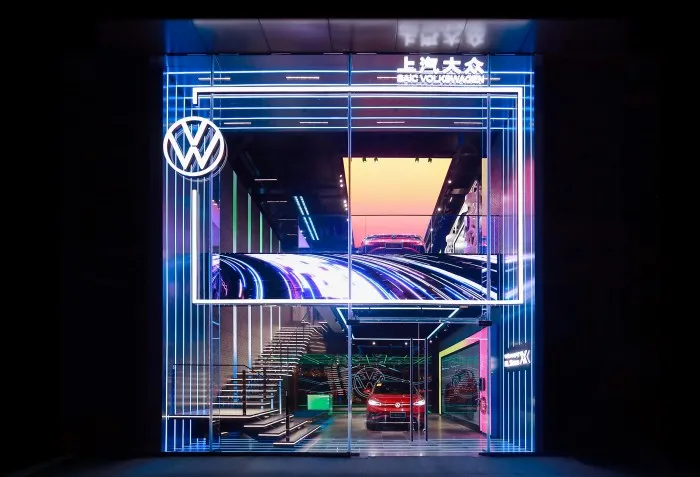
The third issue is the understanding of user value. Currently, car manufacturers are trying to establish ways to communicate directly with users. The car owner App is the result of evolution in communication methods and is a space that involves centralized private domain traffic and is the easiest place to achieve user value conversion.
However, a large user group is needed to achieve user value. Compared with public domain traffic, the conversion rate of potential users to real car buyers is higher in private domain traffic. Sales stores in business districts are ways to obtain public domain traffic and are also avenues to introduce traffic into the private domain. Perhaps many people default to the notion that Volkswagen is traditional, but in fact, they are not “old-fashioned.”
Both North and South Volkswagen have established their car owner apps, within which users can not only obtain more convenient information on vehicle models, but also have access to “car owner circles” set up for different models. The function of the car owner circle is similar to the early forum section found within automotive portal websites. The advantage of a car manufacturer establishing its own car owner circle is to enhance its ability to solve user problems, guide users appropriately, and of course, to guide car owners in leading potential users.
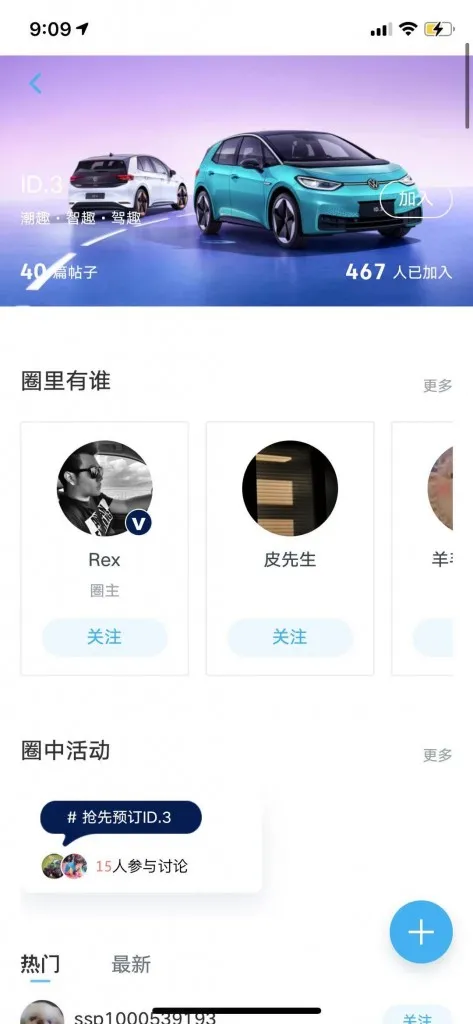
No matter which era it is, the reputation of a product is the key factor that affects its sales. However, in the past, word-of-mouth communication among users was limited to real life. With the introduction of car owner apps, the value of user reputation can now be more widely spread through online platforms, and the user group can continue to slowly accumulate. Therefore, we should not hold overly pessimistic attitudes towards Volkswagen. They need time to absorb more users.Actually, when I talked about the three issues above, one word I constantly mentioned is “time”. The viewpoint that “if your car doesn’t sell well, there must be something wrong with it because you are Volkswagen” is absolutely wrong. Because Volkswagen is a traditional powerhouse, it needs more time to rediscover its position in the electric car market, lay out new retail networks, and establish a good reputation for new products.
Key Words of ID.3: Upgrade of User Concept
Finally, let’s talk about SAIC Volkswagen’s ID.3. SAIC Volkswagen has not yet announced the price. We speculate that the price of this car will be lower than that of Volkswagen ID.4 and slightly higher than that of FAW Volkswagen’s gasoline Golf. The price range will probably be between 140,000 and 180,000 yuan.
Based on experience, we believe that “practicality” is the quality pursued by consumers in this market segment. In fact, in recent years, the upgrading of consumer consumption has also given rise to the upgrading of consumers’ usage concepts, such as the demand for sports performance and personalized exterior styling. The main consumer groups for ID.3 are young people in first- and second-tier cities, who are more sensitive to these demands.

SAIC Volkswagen ID.3 has a size of 426117781568. Due to the electric vehicle’s unique “four-wheel-corner” design, the size of ID.3 is only slightly smaller than that of FAW Volkswagen’s eighth-generation Golf, but the wheelbase is nearly 13 cm longer. In the compact car market, the space of ID.3 is enough to meet the “use” requirements.
The two points that attract mainstream consumers the most are its more trendy exterior design, which is obviously more appealing to its target users than the products of most domestic independent brands, and its exploration of sports performance through electric form. ID.3 has a front-to-rear weight ratio of 50:50 and is a rear-wheel drive structure. The single-motor output power can reach 170 horsepower, 20 horsepower more than the 1.4T gasoline version of the Golf.
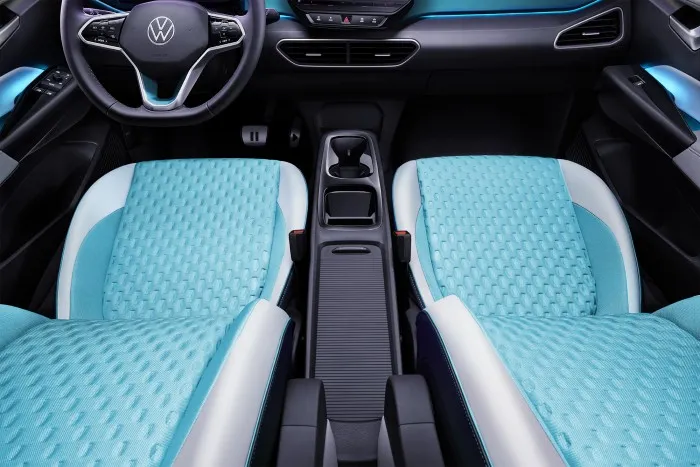
Compared with sedans, hatchbacks don’t have the advantages of being “all-around”, but they can better embody the characteristics of being youthful and sporty, form a product differentiation from independent brands’ main compact car models, and target young consumers.
The Situation is Still Uncertain, and There Are Still Variables.For those who are embracing the era of electrification, I used to hold a pessimistic attitude. The unexpected rise of new Chinese automakers is a leading example in the industry, and the concept of “leading” should result in gaining more market share. However, after the rapid introduction of Volkswagen’s products through the MEB platform, I finally understood that their strong technological reserves and rich market experience, as a traditional automotive giant, are the key factors in responding to change; possessing the ability to adapt is crucial.
Despite the rapid development of the electric vehicle industry, electric cars still account for less than 10% of the annual sales in the Chinese automotive market. Therefore, Volkswagen still has time to think about how to achieve victory in the midst of changes, but they need to accelerate their pace in adapting to the market.
This article is a translation by ChatGPT of a Chinese report from 42HOW. If you have any questions about it, please email bd@42how.com.
